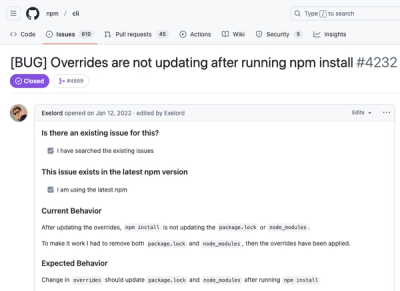SassDoc 

Like JSDoc, but for Sass files.
Currently only work for .scss files.
Also, inline comments are not parsed (//).
Example
@function insert-nth($list, $index, $value) {
}
$legacy-support: true !global;
Preview

Installation
npm
npm install -g sassdoc-cli
Grunt
See grunt-sassdoc.
Usage
Command line
sassdoc <src> <dest> [options]
Arguments:
<src> Path to your Sass folder.<dest> Path to the destination folder.
Options:
-h, --help: Bring help.--version: Show version.-v, --verbose: Run in verbose mode.-c, --config: Path to JSON file containing variables to be passed
to the view.
Node
Install
npm install sassdoc --save
Use The Raw Data
var sassdoc = require('sassdoc');
sassdoc.parse(__dirname + '/sass').then(function (items) {
console.log(items);
})
Generate Documentation
var config = {
"display": {
"access": ["public", "private"],
"alias": false,
"watermark": true
},
"package": "./package.json"
}
var sassdoc = require('sassdoc');
sassdoc.documentize(source, dest, config);
Documentation
See Wiki.
With the -c or --config flag, you can set the path to a JSON file containing variables to be passed to the view so the latter is a little more customized than the default documentation.
Default path leads to view/view.json. You can update this file or make your own.
Allowed variables:
{
"display": {
"access": ["public", "private"],
"alias": false,
"watermark": true
},
"package": "./package.json"
}
- (
Array) display.access: access levels that should be displayed
- (
Boolean) display.alias: enable/disable display of alias items
- (
Boolean) display.watermark: mention to SassDoc in footer (be cool, leave it!)
- (
String|Object) package: path to a .json file (ideally your package.json) or directly an object
The package object (either direct or required) should ideally contain:
title: human name of your projectname: package name of your project (in case title is not defined)version: your project's versionlicense: your project's licensehomepage: URL to your project's homepagedescription: description of your project
Built with SassDoc
Credits
With huge contributions from:




